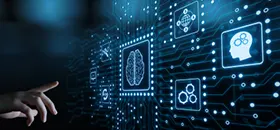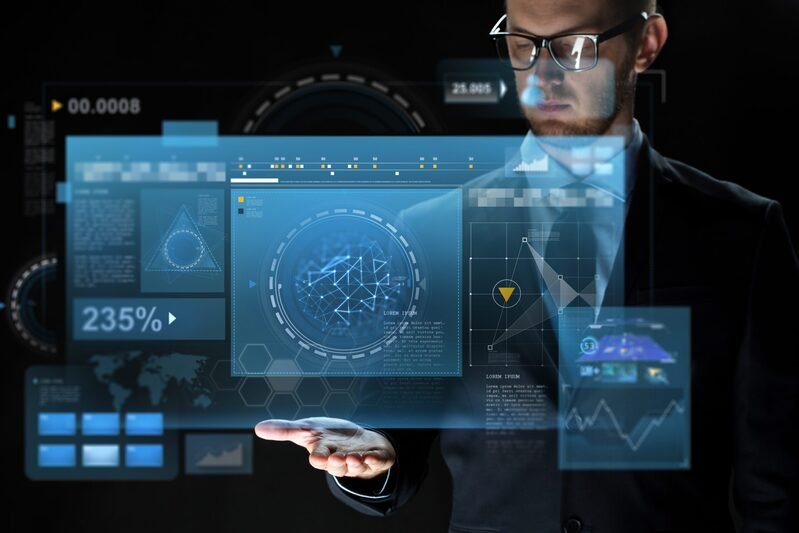Last updated on September 7th, 2021 at 06:53 am
Try memorizing all the phone numbers from your contact list. Now recall the numbers of all people whose name begin with the letter ‘S’.
Possible? Maybe.
Easy? No.
Humans have finite limits, and that’s why man has trained artificial intelligence to mimic his learning. Now, is there a future possibility of AI taking over humans?
Here are the latest artificial intelligence updates on software applications that challenge the human brain and its finite limits.
Latest AI Software Capabilities:
Deep Mind’s AlphaGo
The game is based on an abstract strategy of a board game with two players each trying to surround more areas than the rival. AlphaGo uses deep learning neural networks with advanced searches to win against humans. The software is an example of advanced AI learning on its own.
DeepStack
The game of Poker also fell to the might of DeepStack. Based on intuitive decisions and deep learning from self-play, the ML computes the possibilities instantly to base its decisions. It can be used in the fields of cybersecurity, finance, and health care.
Philip
MIT’s CS and AI Laboratory use a gamer “Philip” to kill multiple players. Using neural networks and deep self-learning on Nintendo games, the ML using Q learning and actor-critic techniques is successful most of the time.
COIN
This JPMorgan software COIN used in investment banking has made commercial contracts an instant process saving 360,000 human work-hours. The word “COIN” is coined from contract intelligence, and that’s what it exactly is! COIN uses ML which ingests data and picks up on error-free relationships and patterns.
AI Duet
The software is an artificial “pianist” and is created by Google’s Creative Lab using neural networks, Tensorflow and Tone.js.
LipNet
University of Oxford’s CS Department has eased disabilities by making lip reading easy. The software uses neural networks, video frames-to-text and spatiotemporal convolutions on variable length sentences to lip read. It definitely has a massive impact on the movie industry, disability-prone deaf, biometric identification, covert conversations, dictating silently in public spaces and so much more.
GoogLeNet
This Google system can detect cancer better than the most experienced pathologists. ML and smart algorithms can learn to scan and interpret images and predict a diagnosis with greater accuracy.
DeepCoder
Microsoft and Cambridge University have developed this software that writes its own code. They have trained the ML to forecast properties and outputs from inputs. The insights are used to augment searches for 3/6 line code. The DeepCoder uses the synthesis of programs and an SMT-solver to put the pieces together mimicking programmers. This eventually helps people who cannot code, but know where the problem lies.
In conclusion, it is true that humans have surmounted the challenges of artificial intelligence. Machine learning has taught and brought machines very close to mimicking human behavior and thinking. There could be a possibility of a clash between the abilities and capabilities in the human vs. AI war. Will machines and AI overtake us?
Not if we intelligently harness ML capabilities. We have to use our finite abilities to limit rogue applications. And that is a huge positive!








